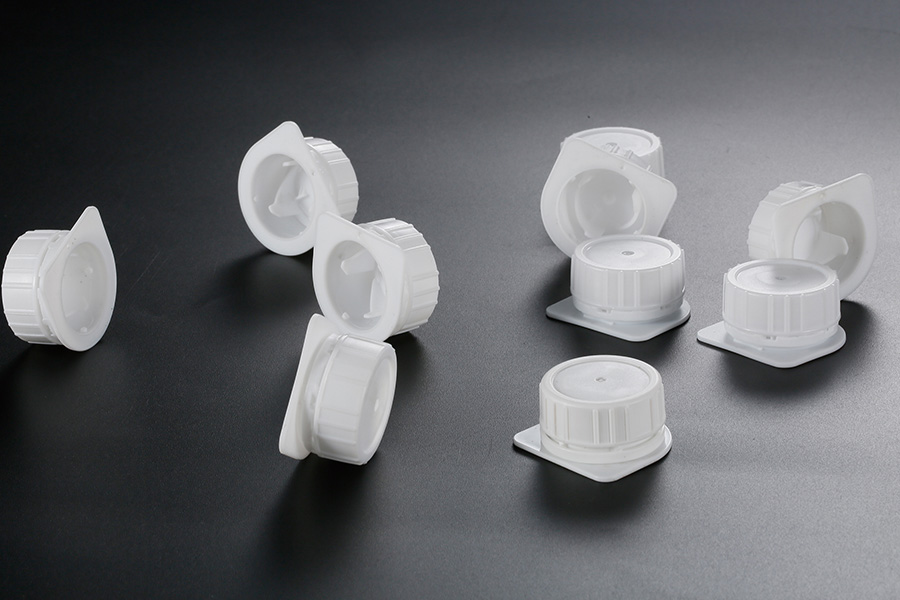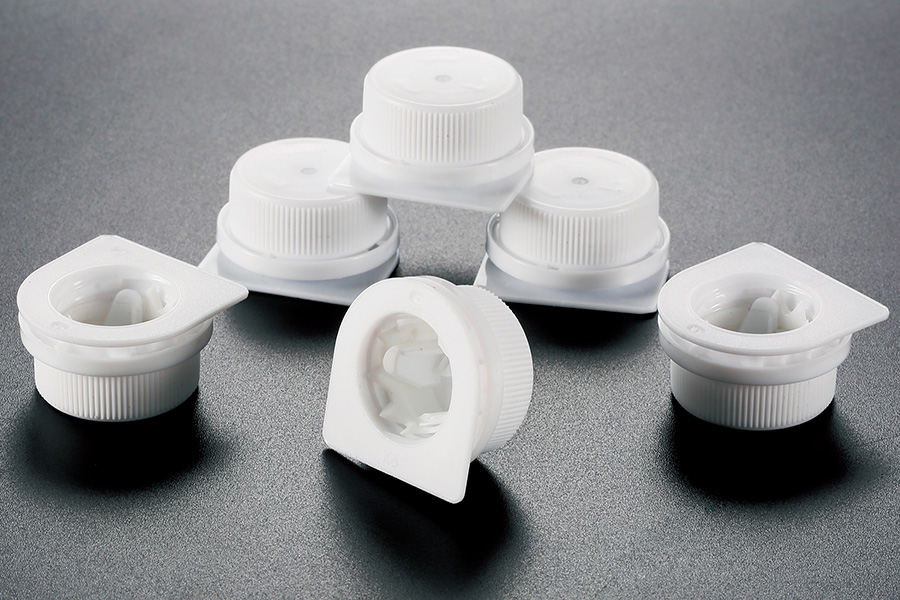In recent years, the packaging industry has seen growing interest in creating closures that prioritize ease of use, particularly for elderly individuals and children. A key focus has been the development of low-torque cap designs, which aim to reduce the effort needed to open and close bottles while maintaining safety and reliability. These designs often utilize a food-grade cap to ensure the contents remain uncontaminated, and a plastic cap is commonly chosen for its versatility and cost-effectiveness.

Low-torque caps are engineered to require less twisting force compared to standard bottle caps. This characteristic is essential for elderly users, who may experience decreased hand strength or conditions such as arthritis that limit their dexterity. Similarly, children benefit from caps that are easy to open yet remain secure enough to prevent accidental spills. The use of a food-grade cap is critical in these designs, as it guarantees the material in contact with consumable products meets safety standards and does not compromise product quality.
The plastic cap, often made from polypropylene or high-density polyethylene, provides the flexibility needed to achieve the desired low-torque performance. Its ability to be molded precisely allows manufacturers to design threads and sealing mechanisms that balance ease of opening with a reliable seal. This balance is crucial because a cap that is too loose may advance to leakage or contamination, while one that is too tight can be frustrating or even impossible for some users to open without assistance.
Innovations in low-torque cap designs often include features such as ergonomic grips or textured surfaces on the plastic cap, which enhance user experience. For elderly consumers, this means the cap is easier to hold and twist, even with limited hand strength or wet hands. For children, these designs help them learn independence by enabling them to open containers on their own safely. The material choice for these caps also plays a role in sustainability efforts, with food-grade plastic caps increasingly being developed from recyclable or bio-based materials.
When designing low-torque caps, manufacturers pay close attention to the cap’s internal thread configuration. Adjustments to the thread pitch and depth can reduce the torque needed without sacrificing the tightness of the seal. A food-grade cap that incorporates these design principles can help extend the shelf life of beverages, pharmaceuticals, and other liquid products by maintaining an airtight barrier against contaminants.
Another important consideration in low-torque plastic cap design is compatibility with the bottle neck finish. Consistency in dimensions and tolerances ensures that the cap performs reliably and consistently across production batches. The use of high-quality food-grade materials supports regulatory compliance in various markets, especially for packaging that comes into direct contact with food and beverages.
Manufacturers are also exploring the integration of tamper-evident features into low-torque caps. These features provide users with assurance that the product has not been opened or compromised. The challenge lies in combining tamper evidence with low opening torque, which requires precise engineering and the use of suitable plastic cap materials that can flex or break in controlled ways.
Consumer feedback has driven much of the recent progress in low-torque cap design. Companies seek to meet the needs of a diverse user base, including elderly people with physical challenges and parents seeking safe packaging solutions for their children. The result is a growing range of plastic caps that offer ease of use without compromising product integrity or safety.
In summary, low-torque cap designs represent an important advancement in packaging technology, enhancing accessibility for elderly and child users. By utilizing a food-grade cap made from carefully selected plastic materials, these designs achieve a balance of ease, safety, and durability. As the packaging industry continues to evolve, the emphasis on user-friendly closures that address specific needs will likely expand, further improving the consumer experience for all age groups.
The future of low-torque caps is promising, with ongoing research into materials and ergonomic design features. Continued improvements will focus on maintaining the critical qualities of a food-grade cap while reducing the physical effort needed to open containers. Through collaboration between designers, manufacturers, and end users, plastic caps will continue to evolve, offering practical solutions that meet the demands of accessibility, safety, and sustainability.


 English
English  русский
русский عربى
عربى



